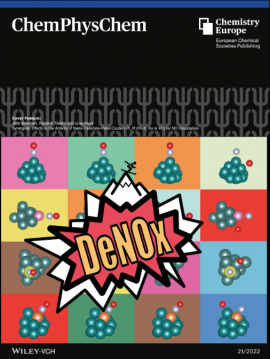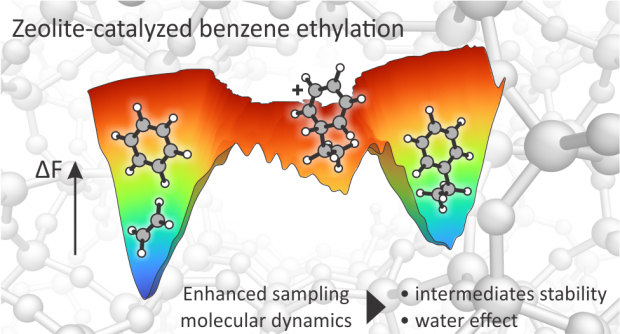Evaluation of Green Biobased Plasticizers in Poly(vinyl chloride): Sustainability, Thermal Behavior, Mechanical Properties and Durability
Abstract
We report the use of biobased plasticizers prepared from citric acid in poly(vinyl chloride) (PVC). The use of citric ester plasticizers is well known for PVC. However, these are known to leach out of the plastic material over time. Currently, this problem is resolved by the acetylation of the tertiary hydroxyl group of citric acid through environmentally polluting processes. An alternative strategy consists of the reductive removal of the tertiary hydroxyl group, resulting in propane-1,2,3-tricarboxylic acid. Esters of this compound lead to plasticizers that have not been tested in PVC yet. In this work, the syntheses of citrate esters, acetylated citrate esters, and esters of propane-1,2,3-tricarboxylic acid are evaluated based on their sustainability using the CHEM21 metric toolkit and lab-scale data. Next, the different esters of propane-1,2,3-tricarboxylic acid were blended in PVC. Their influence on the thermal, i.e., glass-transition temperature (Tg), and mechanical (Young’s modulus, stress, and strain) properties of PVC along with their migration out of the PVC material were compared to that of commercially available citric acid-based plasticizers. Our results show that similar or better results were obtained with these green plasticizers, while their synthesis showed a high degree of sustainability.


 Open Access version available at
Open Access version available at 